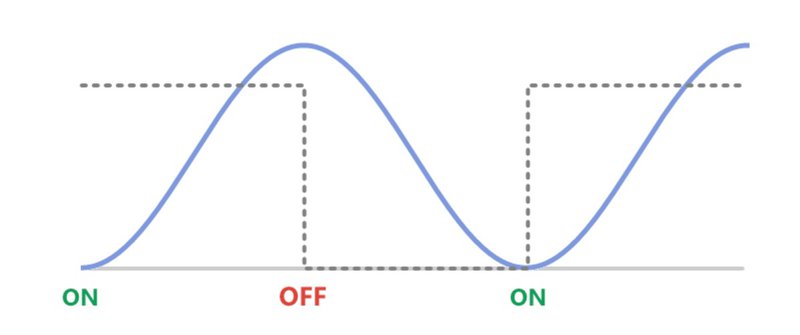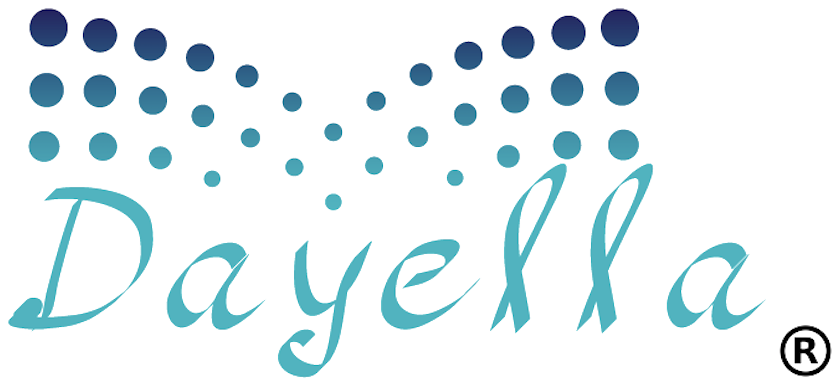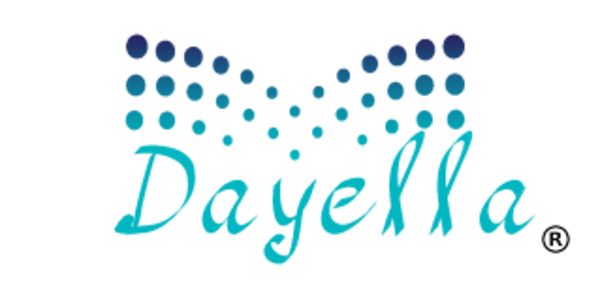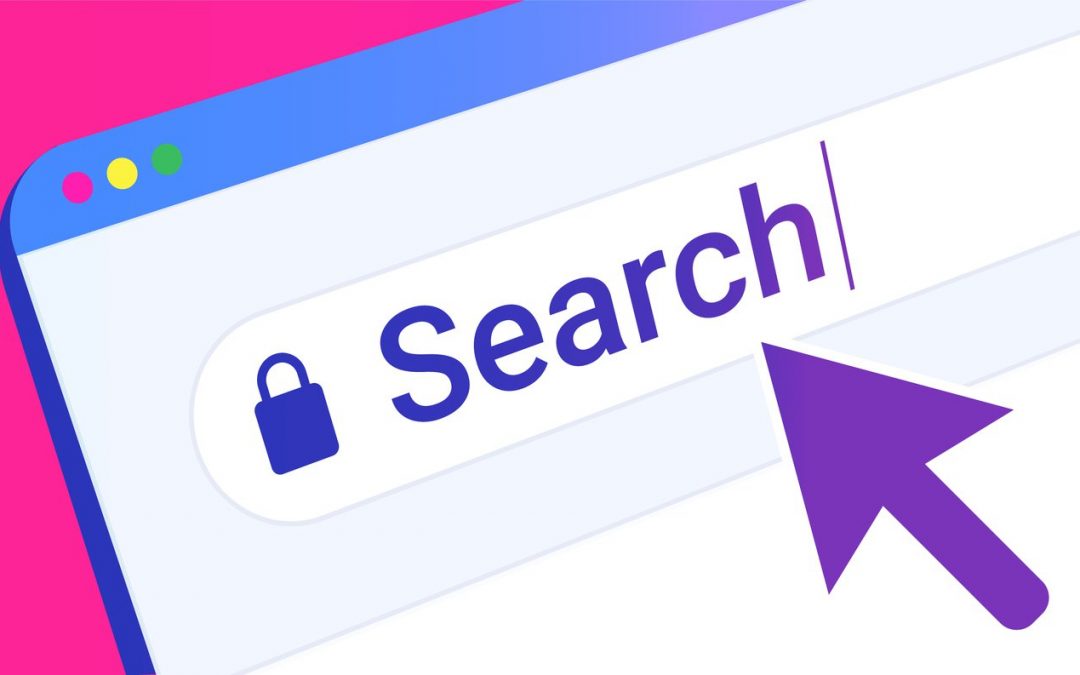What You Should Know About SEO?
Let’s build it up. Inside the world of search engine optimization (SEO), what can we anticipate about running a business in 2021?
Google made some important announcements about trends to continue. The timeframes for some of the information are questionable (and most are likely to change). These alterations in practical life are highly possible.
SEO for Only Mobile Indexing (March)
Mobile-only indexing has shown its ground for quite some time. Most online business sites made their appearance during the year 2020 or a bit earlier. Google declared that the mobile-only index would be in favor of mobile-only within September 2020. However, they steered the timeframe back to March 2021. (mainly because of the pandemic).
By this time, you should have considered making your site mobile-friendly. You cannot waste much time e. Remember, “mobile-first” doesn’t emphasize only speed and user intuitiveness. The main focus is to make your mobile-optimized website crawlable like a desktop. Likely, your website design and internal URLs do not allow Google to hit critical pages. In that case, those pages will not be indexed. Your web page will not be ranked unless it’s indexed.
Importance of Core Web Vitals in SEO (May)
Page experience signals as a ranking factor will commence in May 2021. Latest page experience signals integrate Core Web Vitals with your standard search signals, including mobile-friendly, secure-browsing, HTTPS-security, and disruptive interstitial guidance. Most page experience signals have affected ranking to a certain degree as stated by Google. So the important aspect to focus on for your online business is Core Web Vitals. Core Web Vitals is a set of three metrics with difficult to understand technical names.
(1) Largest Contentful Paint (LCP)
LCP indicates how effectively the most visible block updates your page. It is an interpretation of presumed load-time. It attempts to scan background databases and some off-page items.
(2) First Input Delay (FID)
FID evaluates the amount of time a user takes to engage with your page. “Engage” refers to the fundamental attributes of interaction, such as clicking a URL on a page.
(3) Cumulative Layout Shift (CLS)
CLS indicates any changes made to the appearance of the page, for example, ads that are displayed when the page loads initially.
These indicators are a small part of the user’s perception. The best part is that Google has presented a handful of details and enables you to track this information with applications such as Google Lighthouse.
Passage Ranking (TBD)
In October 2020, Google revealed that it was able to index different web pages and the web page’s individual passage in terms of SEO.
You cannot do anything specific to leverage the passage ranking, as suggested by Google. This change is not just a predictor of ML/AI advancement. It is also an indicator that it is possible to have long valuable content that points to multiple topics. The growth of answers in Search results (notably “People Also Ask Boxes”) intrigued people to look for more directed, query style content. That’s not completely bad. It usually diverts attention from larger to smaller content.
There are many instances of valuable, lengthy content ranked by multiple featured snippets. Passage ranking will reshape this formula even further and give us greater flexibility to develop content in the best manner.
Core Algorithm Changes for Your SEO (TBD)
There will be another core algorithm update in 2021 that will impact your SEO. Previously, three core updates came out in 2020. The duration, however, has been imprecise. Some updates include both additional features and modifications to old ones, but the variations (sites that win and sites that lose) are less prevalent than you can imagine. It’s safe to assume Core Updates of Google will reflect their principles over a period, but we cannot expect the timing of any of Google’s Core Update.
Googlebot Surfing HTTP/2 (2022+)
Google announced Googlebot will crawl HTTP/2 sites in the year 2020. However, there is no precise data on HTTP/2 crawling at the moment. Google even added there will be no penalization for sites that don’t allow HTTP/2 and further said they would even permit opt-out for the time being.
HTTP/2 is unavailable on many websites or devices and may rely heavily on your connectivity or web host.
You should be aware of this development. You shouldn’t overreact and consider HTTP/2 for the sake of Google. If your website is fast and performs well, that is excellent, but Google will be pushing the button on the implications of HTTP/2 over the coming months. Eventually, we might hear a ranking impact official statement similar to how a website announces a new security vulnerability.
When Will This Covid-19 Nightmare End?
The worldwide economic effect of COVID-19 is dreadful. Any policy for running a business in 2021 will have to factor COVID-19 into its design, or it’s just fiction. When does this nightmare end and businesses can reopen on a worldwide scale? Please remember that this summary is profoundly US-focused. Worse-case contexts like crucial mutations of the virus were avoided. This summary is based on a mediocre scenario.
We should not only look at the context but the whole picture. Data science does not inform you that each one of these datasets is human life-based. The death rate has improved because of better treatments available and the expertise of the disease. But some states and nations are near peak rates. This situation will become worse as time passes.
What Can You Do To Kick Off Business?
E-commerce business is booming as the small businesses are affected. If you are a local restaurant owner, you may see a rapid increase in customers during summer or fall if you properly implement the SEO changes. As brick-and-mortar stores start operation again, online retailers could see a decline in sales. This is a crucial time to explore and learn from customers, invest in advertising, and build trust among people buying online. Look at the diagram below. Paid search works a bit like the patterned grey line, when turned on, leads start flowing. When the switch is off, leads start losing their juice and become dry.

Organic SEO is ramping up, more like the lower blue curve. Having organic SEO can benefit as the path continues and keeps generating leads. However, it also implies that the reinvestment will consume time to rebuild leads. This time frame varies, but organic campaigns may take many months or even more to get it off the surface. If you want to kick reopening quickly, you’ll need to begin re-investing before that period.


